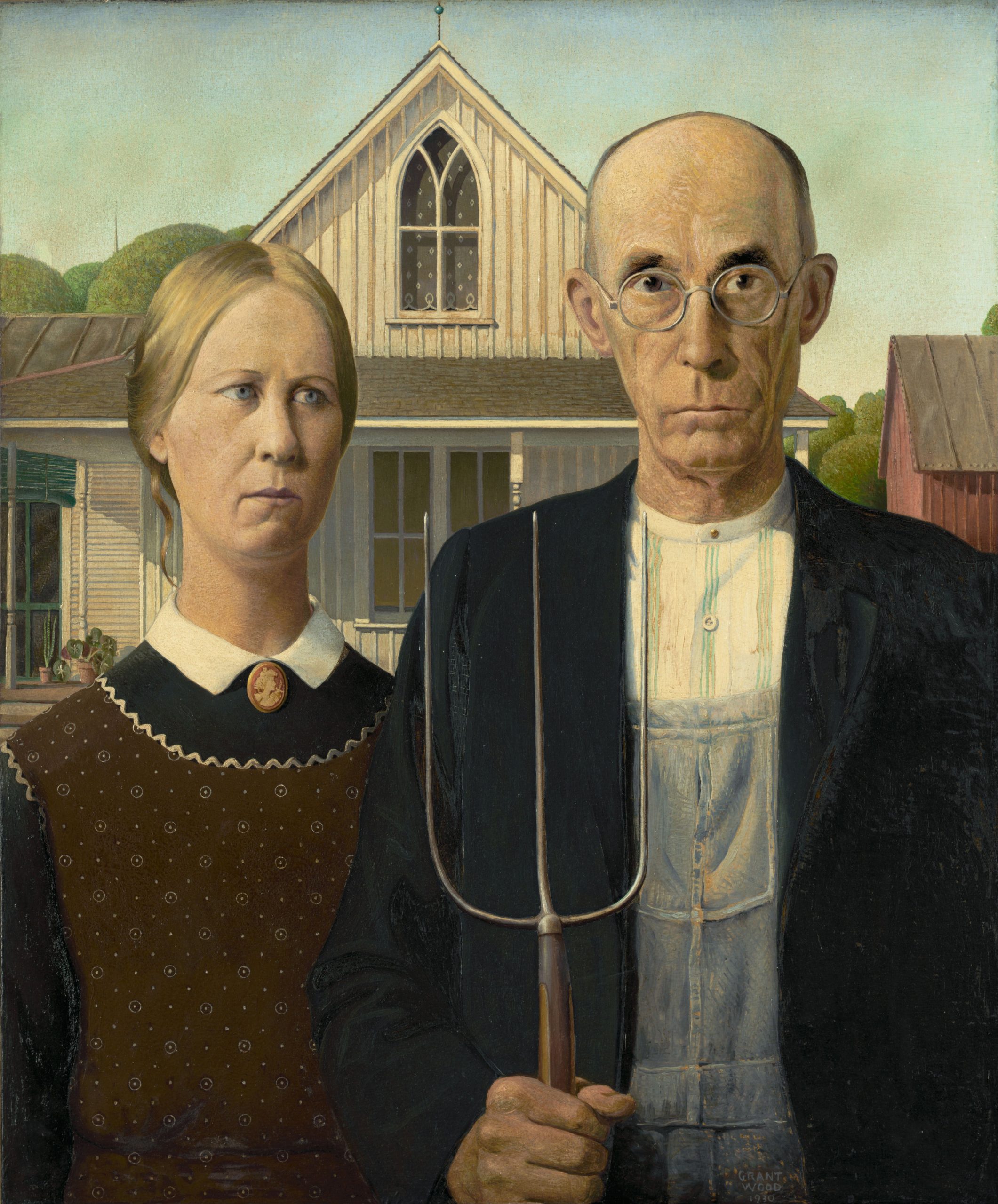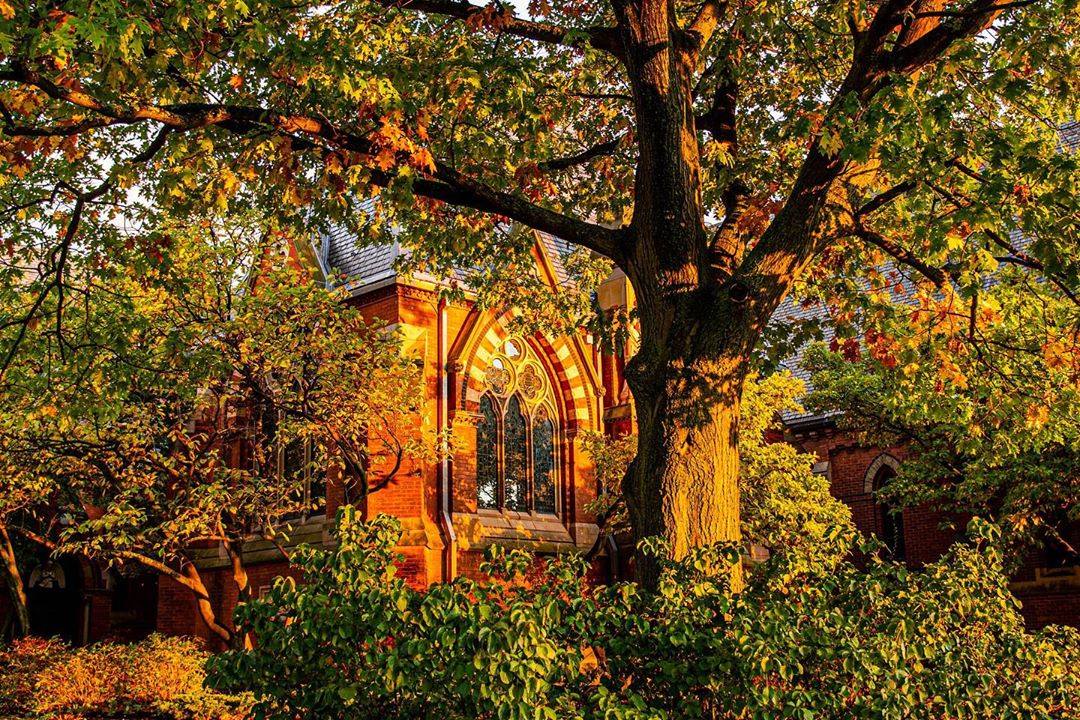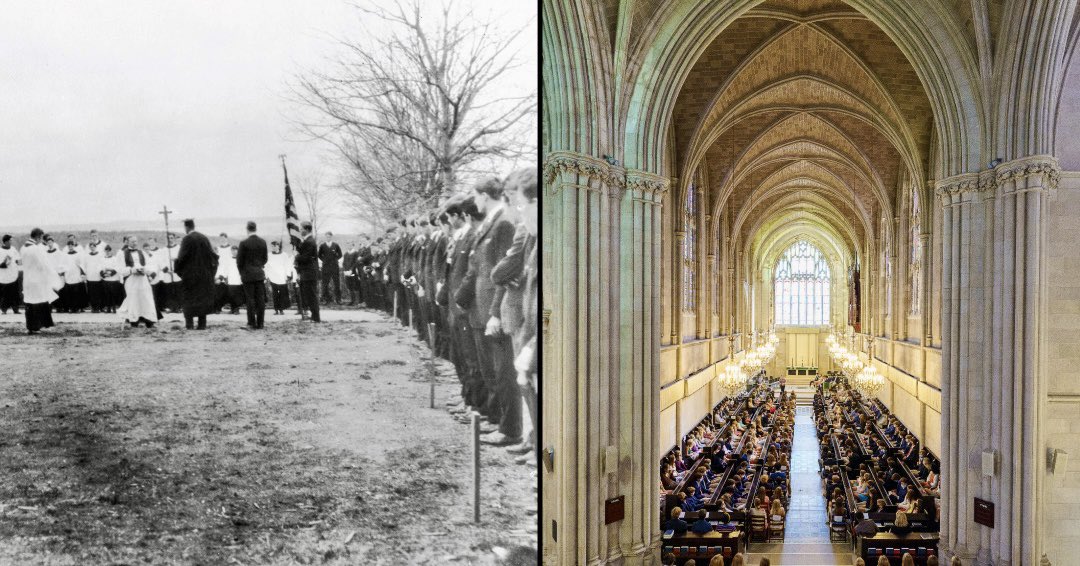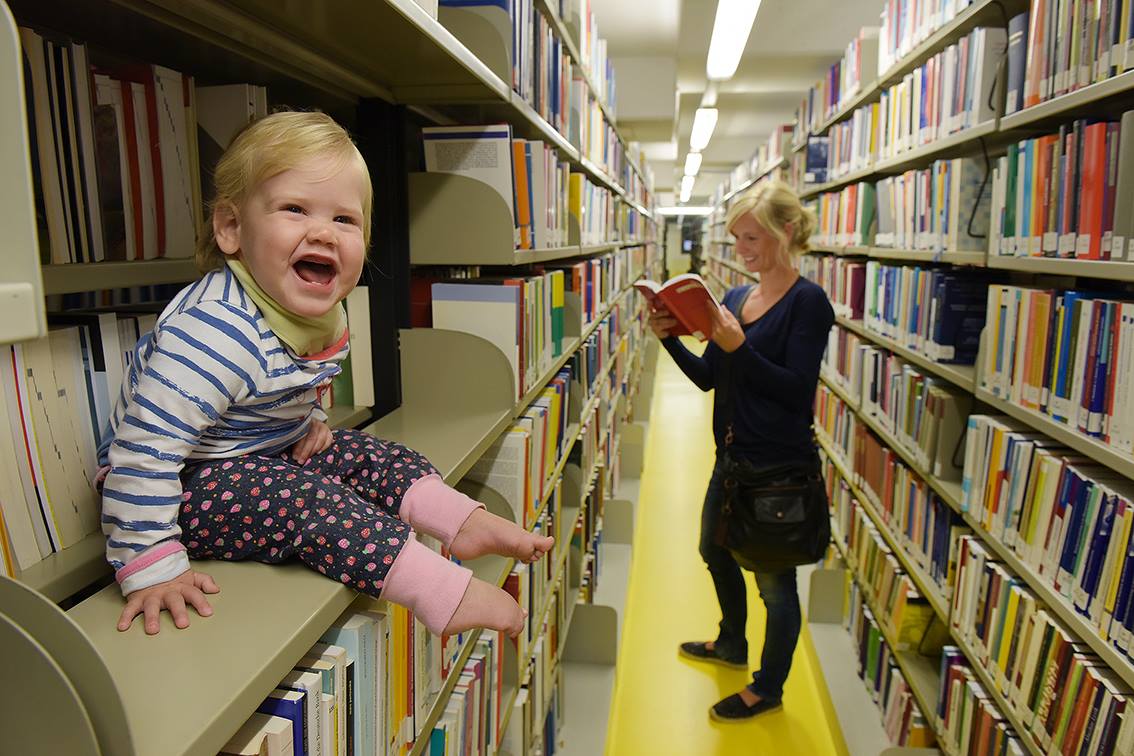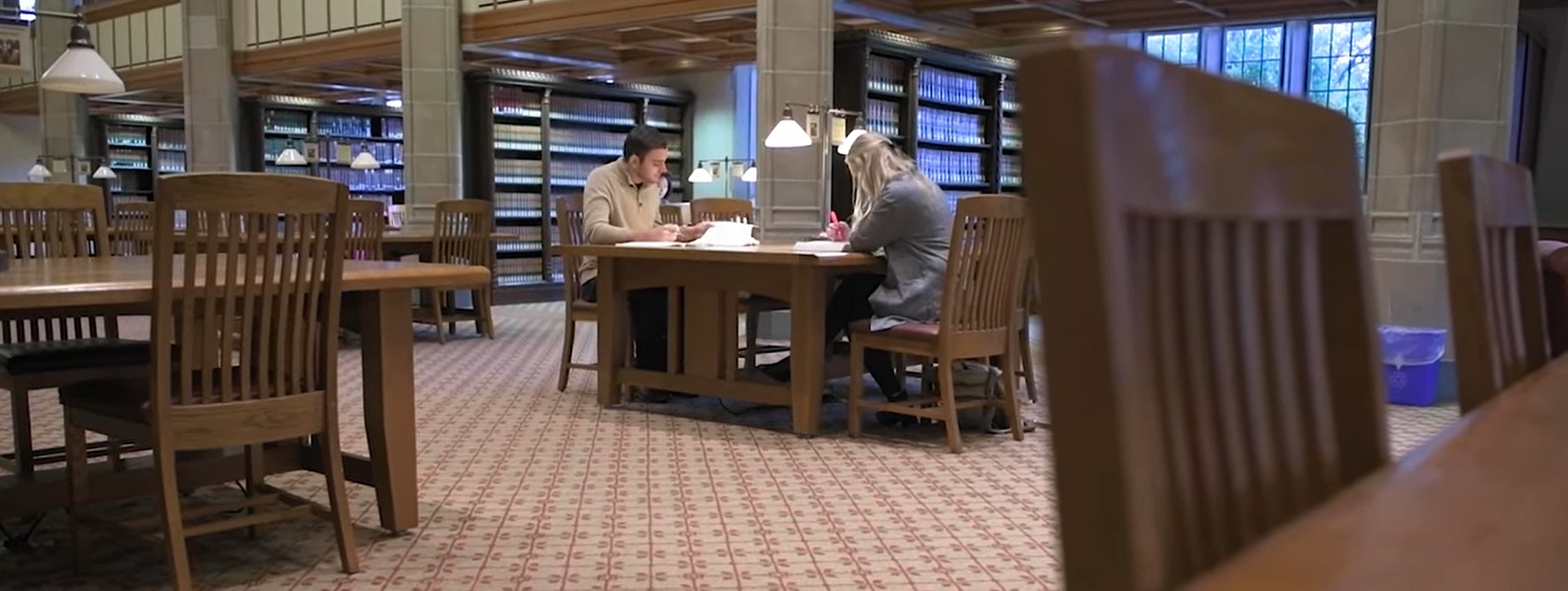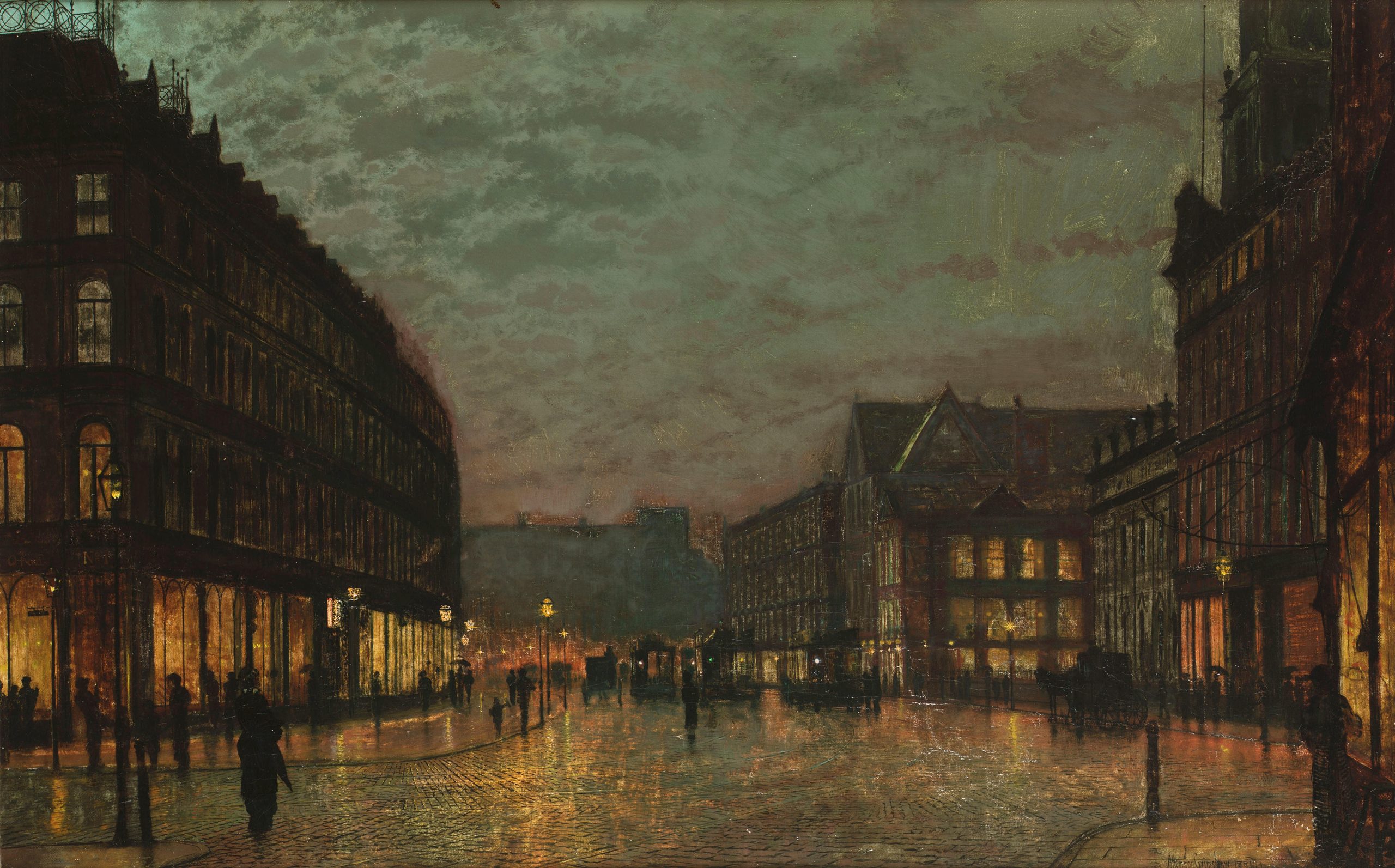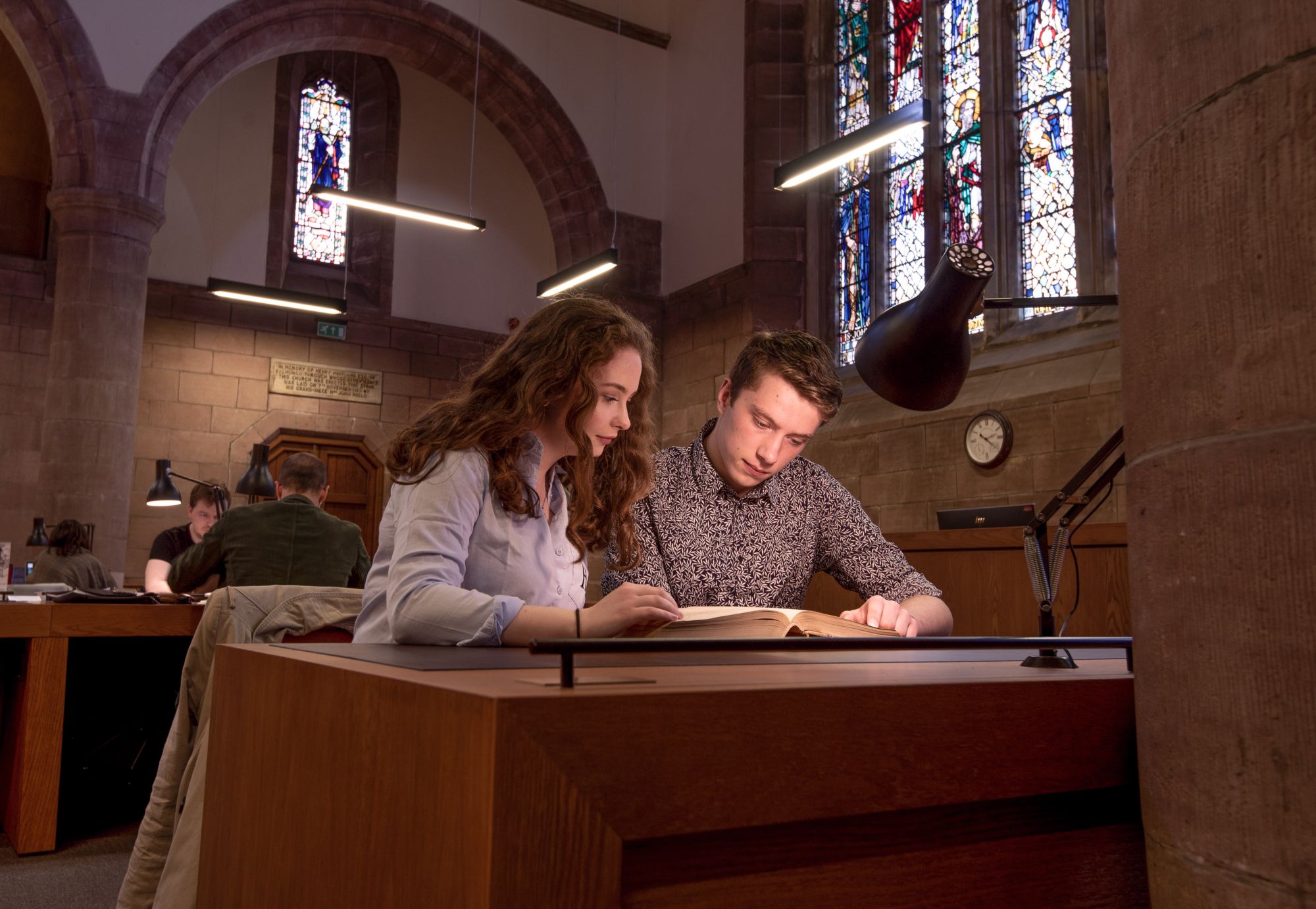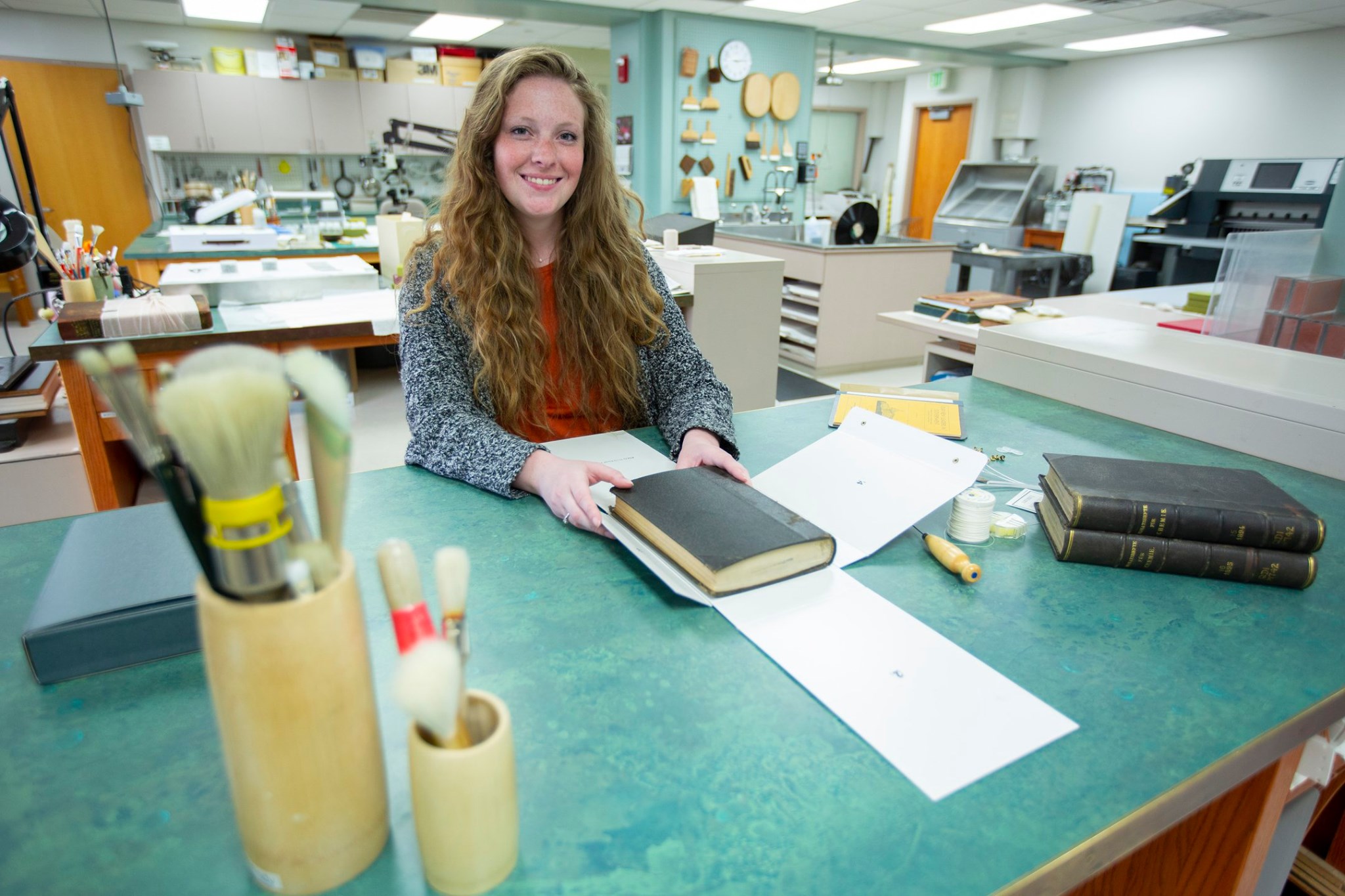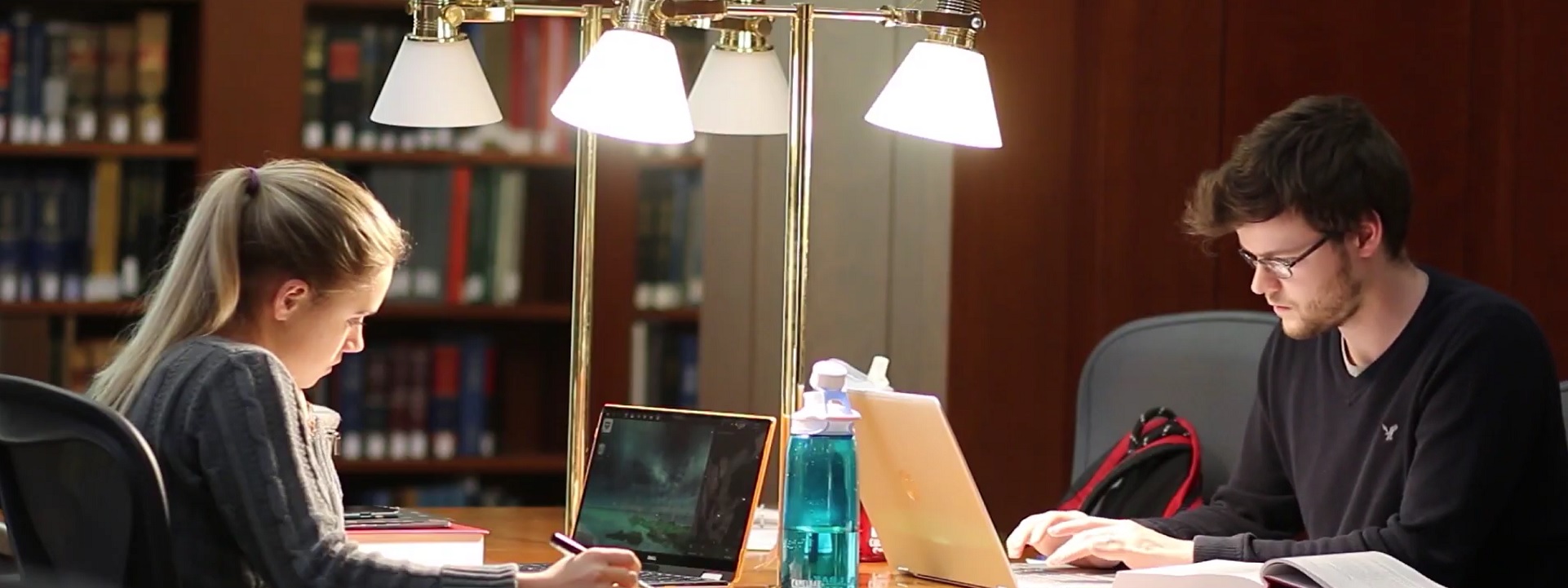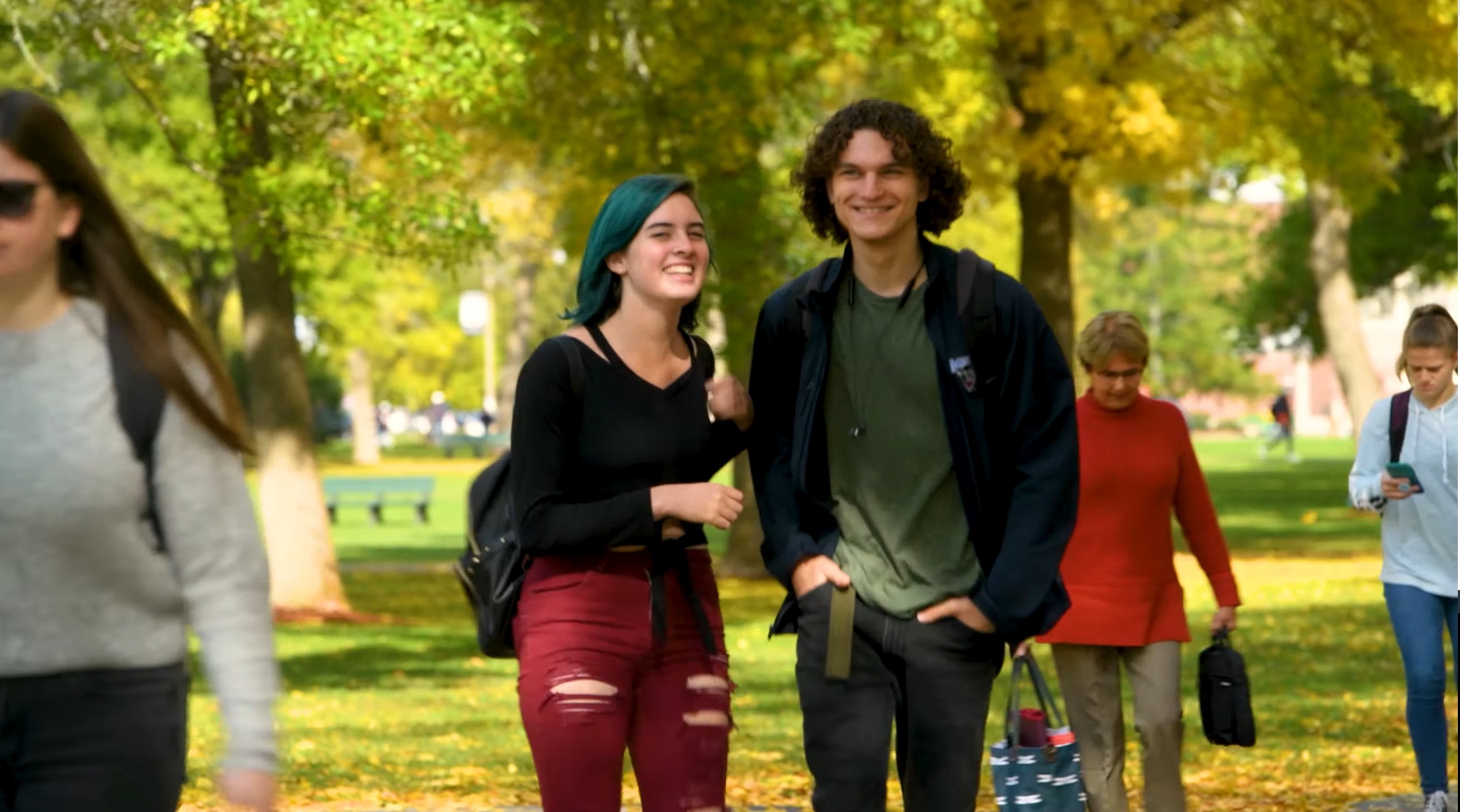Fashion of the future: the Intersection of Design and Engineering
An abbreviated list of fashion and textile design schools and colleges in the United States:
Parsons School of Design, New York
Fashion Institute of Technology (FIT), New York
Pratt Institute, New York
Rhode Island School of Design, Providence
Savannah College of Art and Design (SCAD), Savannah, Atlanta, Hong Kong
California College of the Arts, San Francisco
Otis College of Art and Design, Los Angeles
Academy of Art University, San Francisco
Kent State University, Kent, Ohio
Drexel University, Philadelphia
University of Cincinnati, Cincinnati
Virginia Commonwealth University, Richmond
Massachusetts College of Art and Design, Boston
Columbia College Chicago, Chicago
School of the Art Institute of Chicago, Chicago
University of Minnesota-Twin Cities, Minneapolis
Iowa State University, Ames
University of Georgia, Athens
University of North Texas, Denton
Keep in mind that academies, schools, colleges, universities and institutes serve different purposes within the structure of college or university, with schools being larger and more general in focus, while departments are smaller and more specialized in their areas of study.
In all cases, textiles present elevated chemical, fire, noise and physical hazard associated with textile-related machinery.






